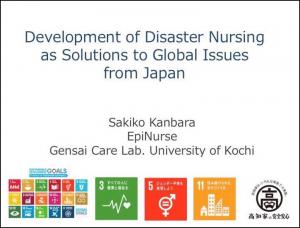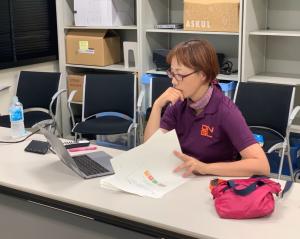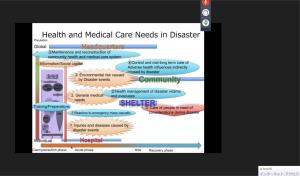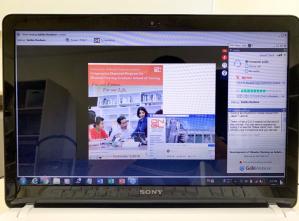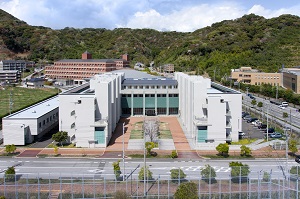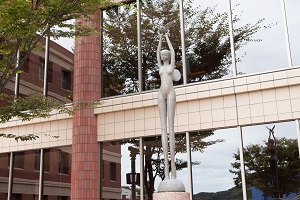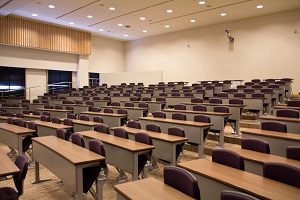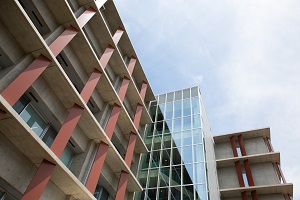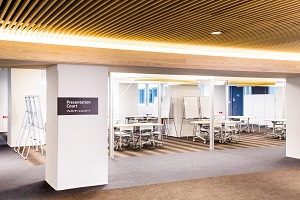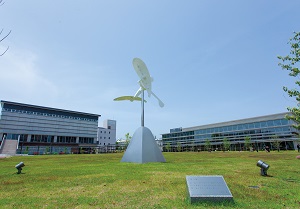本文
Webinar Organized by WADEM: "Development of Disaster Nursing as Solutions to Global Issues from Japan"(2019年7月25日)
The webinar on "Development of Disaster Nursing as Solutions to Global Issues from Japan" organized by The World Association for Disaster and Emergency Medicine (WADEM) has been presented by Prof. Sakiko Kanbara on 25 July 2019 at the University of Kochi, Japan for 1 hour. The DNGL students and other participants from several countries in the world interactively participated in this webinar.
According to Prof. Kanbara on her presentation, there have been some challenges implementing disaster nursing into practice, education, and research. Prof. Kanbara described that nursing has been a part of the response to a wide range of natural disasters (e.g., floods, earthquakes, tsunami) and disasters related to human activity for many years. The Japan Society of Disatser Nursing, World Society of Disaster Nursing, Disaster Nursing Global Leadership Program, have represented some of the good practices from disaster nursing which have initiated by Japanese nursing academia, contributed to the Sendai Framework for Disaster Risk Reduction, the UN Sustainable Development Goals, and sustainable human security. The multiple types of citizens, the disaster nurses may care for and the environment in which the patiens is treated dictates that the disaster nurses are prepared for a variety of challenges.
Based on her a lot of fieldwork experiences called Gensai Care, and EpiNurse Project, nurses who residing in the disaster-affected area know their community, but nurses coming from outside affected area do not understand the local community. In complexity, they were confusing what should they do when dispatched to the disaster site. Moreover when they came and faced sanitation-hygiene-toileting problems, they can assess whether it is clean or dirtiy on their lifestyle. Hence, leadership skill, flexibility, coordination, and cultural competences that needed by survivors should be competence by disaster nurses. Community management is a main key since the most of nurses working in disaster site only work on hospital-based, not community-based care. Further, disaster nurses come from a variety of specialty nursing areas and all bring a wealth of expertise of different types and levels to the people experiencing a disaster. Given the extensive range and specialization of nurses from around the globe who are involved in the complexity of the entire spectrum of disaster health from pre-event planning through recovery, it is not surprising that there are multiple perspectives on what nurses need to know, and how they will apply that knowledge.
Prof. Kanbara importantly highlights the need for community TRUST and tangible action for effective DRR. There are opportunities to further build community resilience and for improved cooperation and sustainability. Disaster nurses at every level of integrated care have opportunities to impact survivor’s experience of care, effectiveness of care, and efficiency. For instances, providing both primary care and behavioral health care; empowering healthcare change in the population served; and offering a human touch that says "I care".
(Reported by Hastoro Dwinantoaji)
参考記事URL
https://twitter.com/WADEM_PDM/status/1153331105354919936
